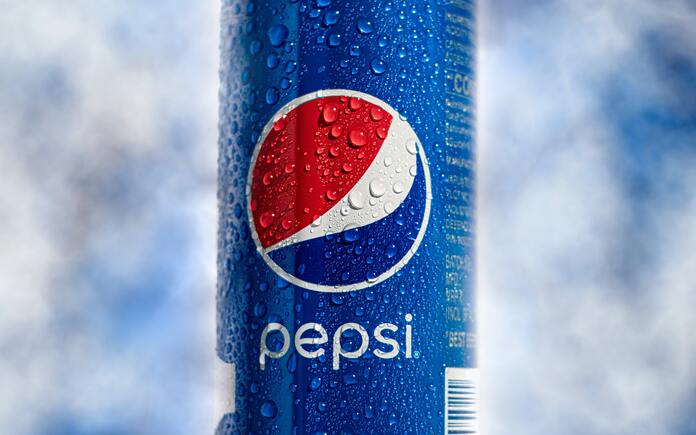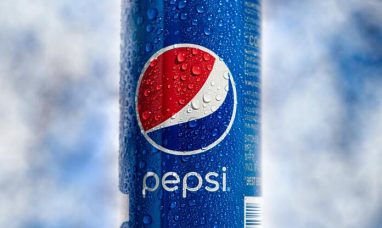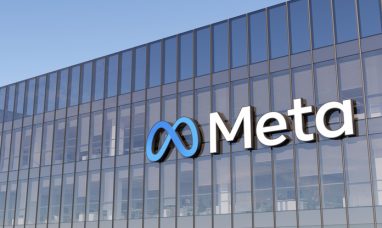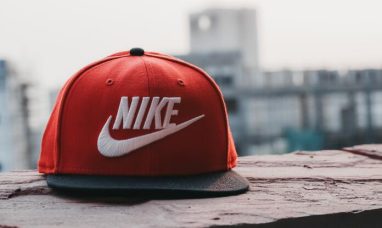PepsiCo (NASDAQ:PEP) is taking a bold step toward healthier products with its move to natural dyes. Popular brands like Gatorade, Cheetos, Doritos, and Mountain Dew are undergoing color makeovers to remove synthetic ingredients, responding to growing consumer concerns over artificial additives.
The Challenge of Replacing Synthetic Colors
While 40% of PepsiCo’s U.S. products still rely on synthetic dyes, the company is accelerating its transition. Chris Coleman, PepsiCo’s senior director for food research and development in North America, notes that shifting a product to natural dyes can take two to three years. The process involves identifying stable natural ingredients, ensuring taste remains consistent, and testing prototypes with expert panels and consumers.
“We’re not going to launch a product that the consumer’s not going to enjoy,” said Coleman. Maintaining product color while preserving flavor and shelf life is essential.
Experimenting with Nature’s Palette
PepsiCo’s Frito-Lay labs in Plano, Texas, are experimenting with paprika, turmeric, and other spices to achieve the vibrant reds and oranges seen in Flamin’ Hot Cheetos. Meanwhile, purple sweet potatoes and various carrots are being tested to color beverages like Mountain Dew and Cherry 7Up. Getting the hue right is critical; consumers often recognize products like Gatorade by their color first, according to Damien Browne, VP of beverage R&D.
Consumer Demand Driving the Change
The push for natural dyes isn’t new. PepsiCo first noticed interest in the early 2000s and launched the Simply line of naturally colored chips in 2002, followed by dye-free Gatorade in 2016. Today, social media and increased awareness have amplified consumer demand, with more than half of surveyed shoppers actively reducing synthetic dye intake. Amanda Grzeda, PepsiCo’s senior director of global sensory and consumer experience, describes the growing interest as moving from a “whisper to a roar.”
Navigating FDA Approvals
Regulatory oversight plays a significant role in PepsiCo’s transition. The U.S. Food and Drug Administration has approved several new natural color additives, including a blue derived from algae and gardenia blue from a flowering evergreen. Some synthetic dyes, like Red 3 and Orange B, have been banned, while others, including Red 40, remain widely used. PepsiCo must ensure its natural alternatives meet FDA approval before scaling production.
Balancing Taste, Texture, and Cost
Consumer expectations go beyond color. Products must maintain the flavors and textures fans expect. Data from NIQ shows that sales of artificially color-free products dipped in 2023 due to price increases. Susan Mazur-Stommen, a shopper in West Virginia, confirmed that while she supports the move to natural dyes, the texture and appearance changes in Simply Cheetos were noticeable.
Grzeda emphasized that PepsiCo aims to let customers enjoy natural dyes without sacrificing taste or familiarity: “That’s where it requires the deep science and ingredients and magic,” she said.
Looking Ahead
PepsiCo’s shift to natural dyes represents a careful balance of innovation, regulatory compliance, and consumer satisfaction. With brands like Gatorade and Cheetos leading the way, the company is demonstrating its commitment to health-conscious products while preserving the classic flavors that customers love. As approvals and consumer testing progress, expect more naturally colored products on U.S. store shelves in the coming years.
Featured Image: Unsplash








